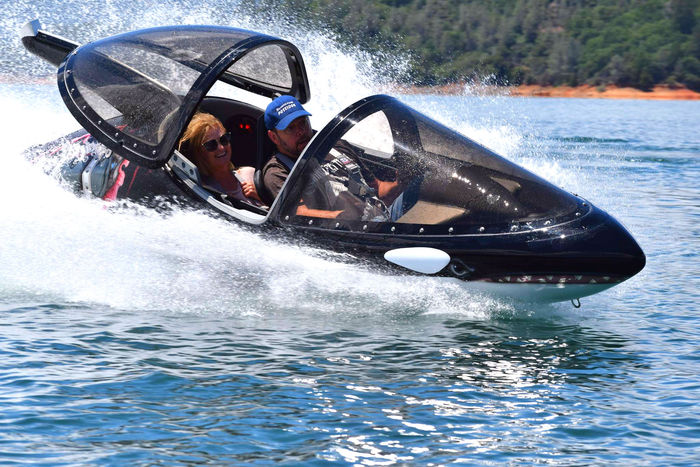 Mountaineering is an exciting sport and many advantageous people are tending to practice it more. It is a physically demanding activity and it requires a very good physical strength. The good thing about mountain climbing is that it could be practiced both indoors and outdoors.
Mountaineering is an exciting sport and many advantageous people are tending to practice it more. It is a physically demanding activity and it requires a very good physical strength. The good thing about mountain climbing is that it could be practiced both indoors and outdoors.
The artificial rock climbing walls are the ideal way to train on climbing when the weather outside does not allow you to practice. The artificial rock climbing walls have a huge advantage, especially for beginners. During such practice, you are under the supervision of experienced climbers. You practice new and different techniques under safe conditions. The man-made rock climbing walls are very similar to the real mountain rocks. For this reason, many people do not want to even try practicing outdoors and think that indoor conditions are fair enough.
Outdoors rock climbing is definitely a unique experience and has its own charm. In real conditions, you can encounter different obstacles. The rocks are optimum for rock climbers. The rock face is very important. It could be traversed either horizontally or vertically. You have to be cautious about your choice in rocks. You choose very solid rocks and they must be stable. The weather is equally important. A location where you can predict the weather is the best option.
This sport is very entertaining and very challenging. People who love taking risks will have a great opportunity to meet some serious challenges. Nonetheless, this sport is extremely dangerous, especially if you far off the ground and away from areas where there is a lot of people. In the worst scenarios, you will need an emergency help and being in a crowded area will help to back you up. Also, you need very good equipments and high-quality gears to protect yourself properly.
A lot of people think that, in mountaineering, injuries come only from falling. This is not usually the case of course. This common belief is based on the fact that rescue squads, authorities or even the media pay more attention to those who fall from climbing. In fact, the hands, tendons, elbows and shoulders are the areas where rock climbers get injured the most. It is inevitable to have such injuries, especially if you climb on a regular basis. However, there are some ways to, at least, reduce the injury risks. A proper warm up and stretch out to those body parts is essential and very helpful. The mountaineering gears that you use have an impact on your safety, as well.
July 11, 2025


![[Show Name] Gripping From Beginning to End [Show Name] Gripping From Beginning to End](https://images.unsplash.com/photo-1596405367208-63505402f113?fm=jpg&q=60&w=3000&ixlib=rb-4.1.0&ixid=M3wxMjA3fDB8MHxzZWFyY2h8MTh8fGhpZ2glMjBwb3RlbnRpYWwlMjB0ZWxldmlzaW9uJTIwc2hvd3xlbnwwfDB8MHx8fDI%3D)

![Best Family Law Attorney in [Your City/Region] Best Family Law Attorney in [Your City/Region]](https://images.unsplash.com/photo-1731955418581-5ba6827ca5ff?fm=jpg&q=60&w=3000&ixlib=rb-4.1.0&ixid=M3wxMjA3fDB8MHxzZWFyY2h8MTN8fGJlc3QlMjBmYW1pbHklMjBsYXclMjBhdHRvcm5leSUyMG5lYXIlMjBtZXxlbnwwfDB8MHx8fDI%3D)





